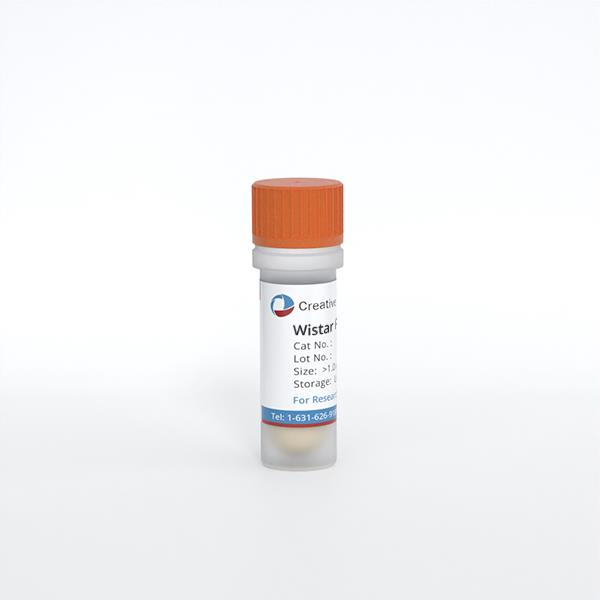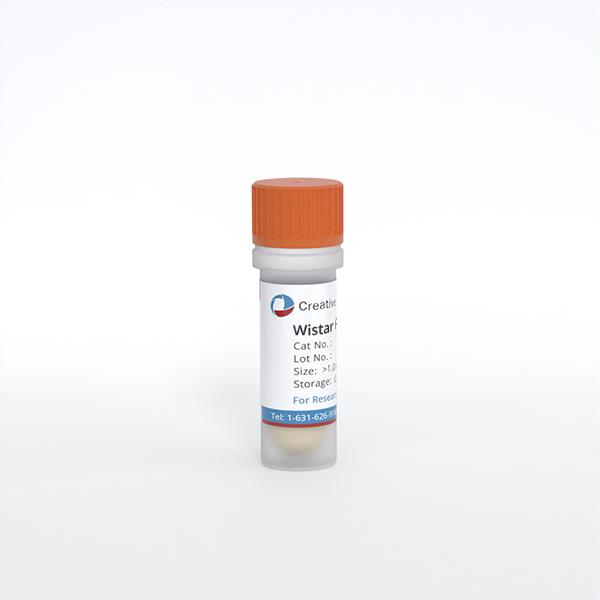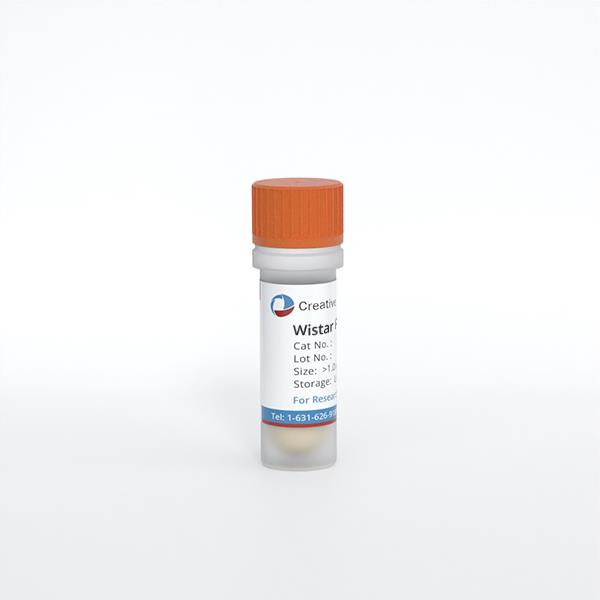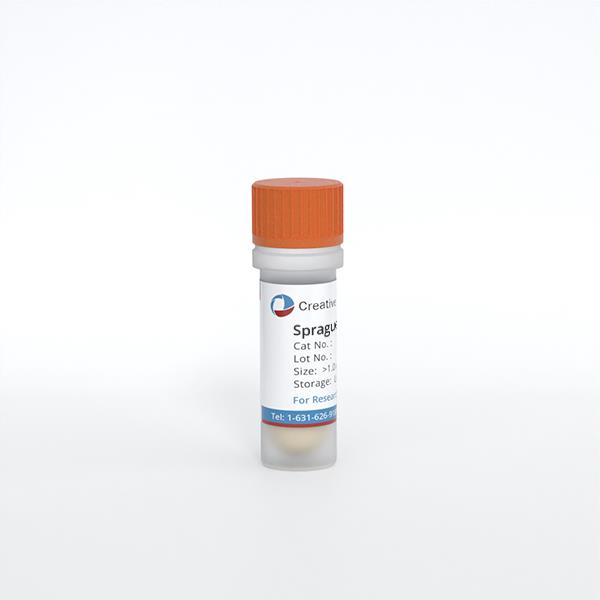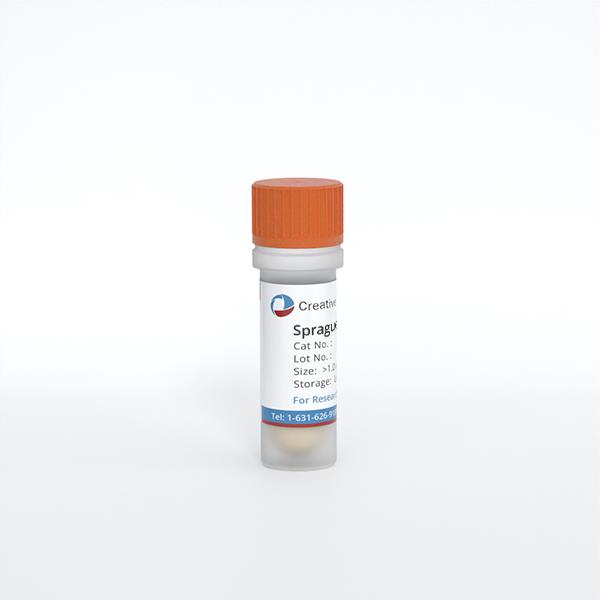Featured Products
Hot Products
ONLINE INQUIRY
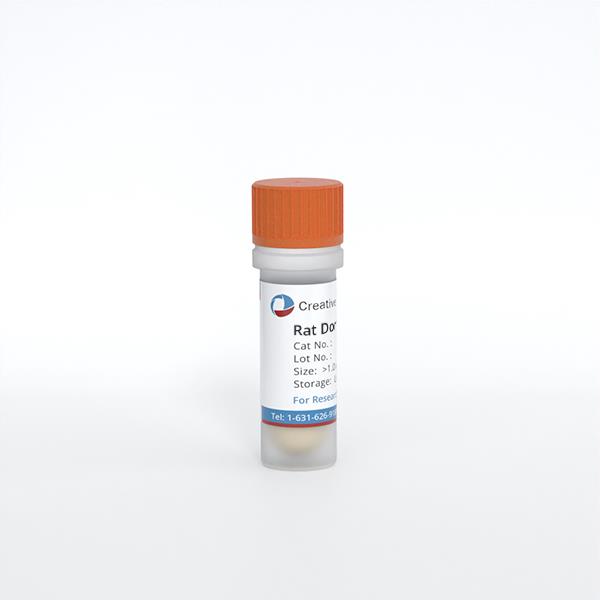
Rat Dorsal Root Ganglion Neurons
Cat.No.: CSC-C8061L
Species: Rat
Source: Spinal Cord
Cell Type: Neuron
- Specification
- Q & A
- Customer Review
Cat.No.
CSC-C8061L
Description
Rat Dorsal Root Ganglion Neurons are suspensions of high quality sensory neurons prepared by standardized methods, and are ready for immediate culture. Each vial of dorsal root ganglia cells contains approximately 200,000 cells in 0.25 ml suspension. Cell death will occur during the first few days after plating and debris will be observed. This is normal. After approximately 4 days in culture, the cells will form a neurite network and by the 7th day, debris will be minimal. In the absence of mitotic inhibitors, the neurons tend to cluster (ganglionate) and detach from the substrate.
A ganglion is a group of nerve cells forming a nerve center, especially one located outside the brain or spinal cord. Dorsal root ganglion, also called spinal ganglion, is the ganglion of the posterior root of each spinal segmental nerve, containing the cell bodies of the unipolar primary sensory neurons. Dorsal root ganglion cells are pseudounipolar cells. Pseudounipolar cells have 2 axons rather than an axon and dendrite. One axon extends centrally toward the spinal cord; the other axon extends toward the skin or muscle.
Applications:
Receptor signaling studies
Gene expression studies
Intracellular transport studies
Electrophysiology
Metabolic pathway studies
Neurotoxicity
Drug screening
Disease studies
A ganglion is a group of nerve cells forming a nerve center, especially one located outside the brain or spinal cord. Dorsal root ganglion, also called spinal ganglion, is the ganglion of the posterior root of each spinal segmental nerve, containing the cell bodies of the unipolar primary sensory neurons. Dorsal root ganglion cells are pseudounipolar cells. Pseudounipolar cells have 2 axons rather than an axon and dendrite. One axon extends centrally toward the spinal cord; the other axon extends toward the skin or muscle.
Applications:
Receptor signaling studies
Gene ex
Intracellular transport studies
Electrophysiology
Metabolic pathway studies
Neurotoxicity
Drug screening
Disease studies
Species
Rat
Source
Spinal Cord
Recommended Medium
Cell Type
Neuron
Disease
Normal
Citation Guidance
If you use this products in your scientific publication, it should be cited in the publication as: Creative Bioarray cat no. If your paper has been published, please click here to submit the PubMed ID of your paper to get a coupon.
Ask a Question
Write your own review
- You May Also Need
Related Products


